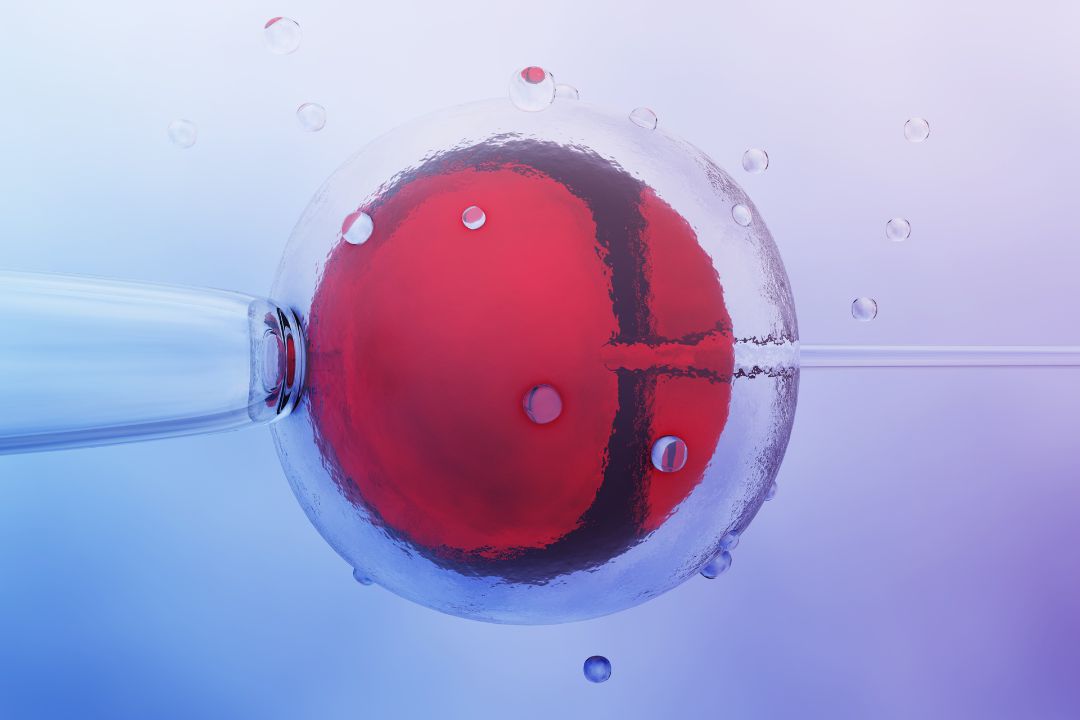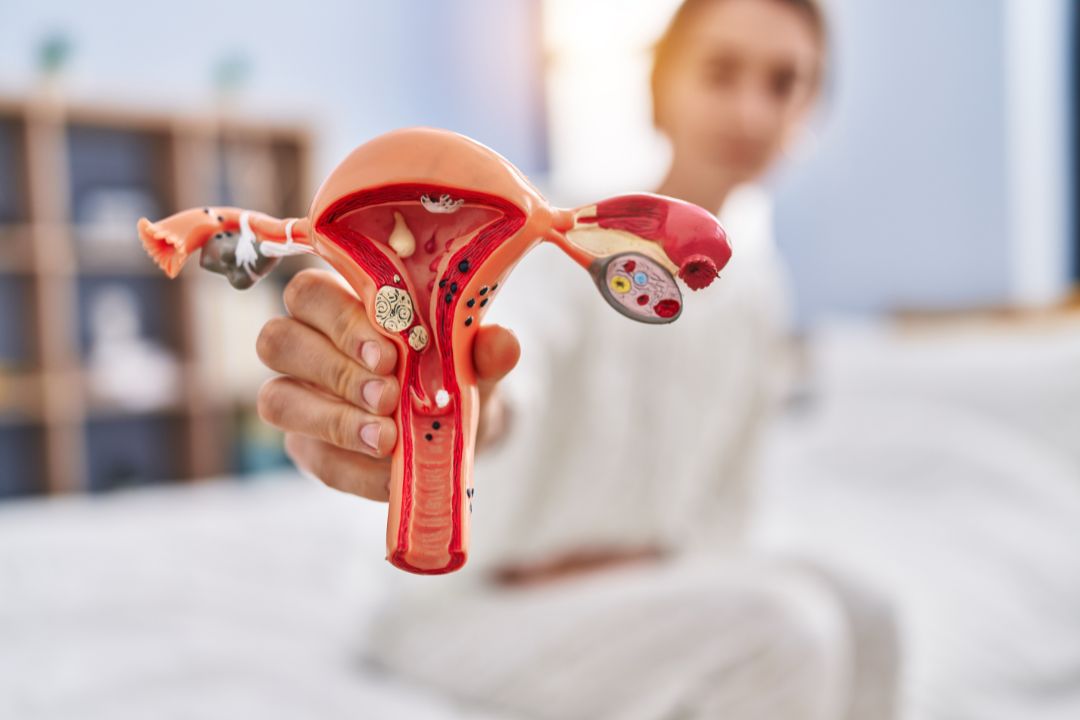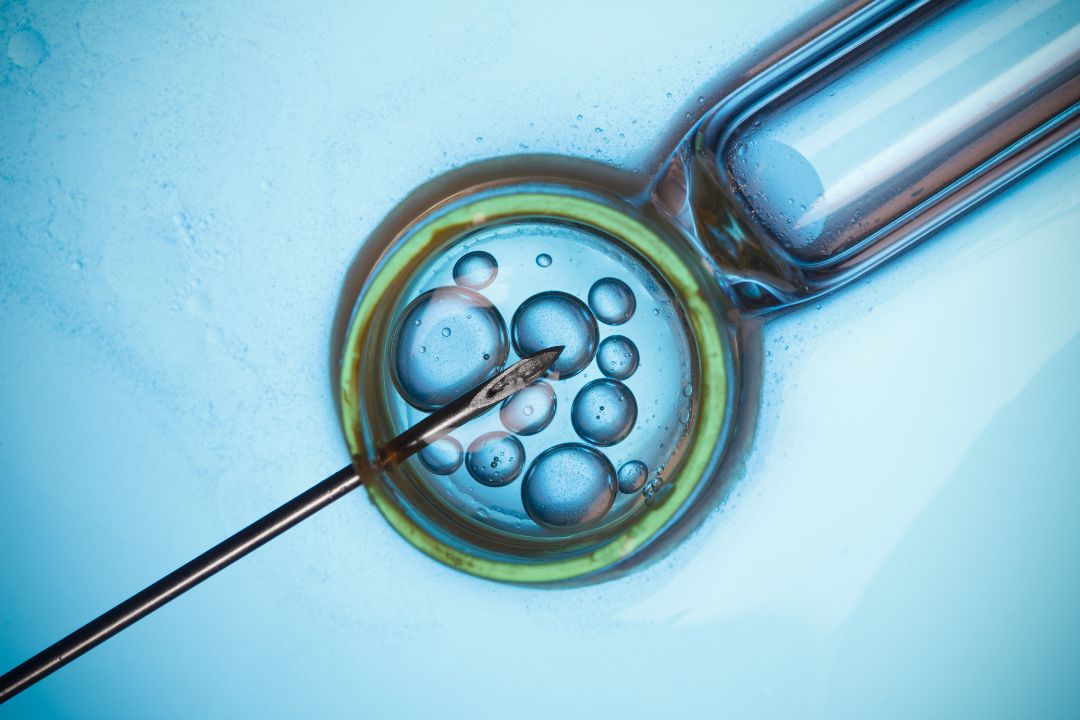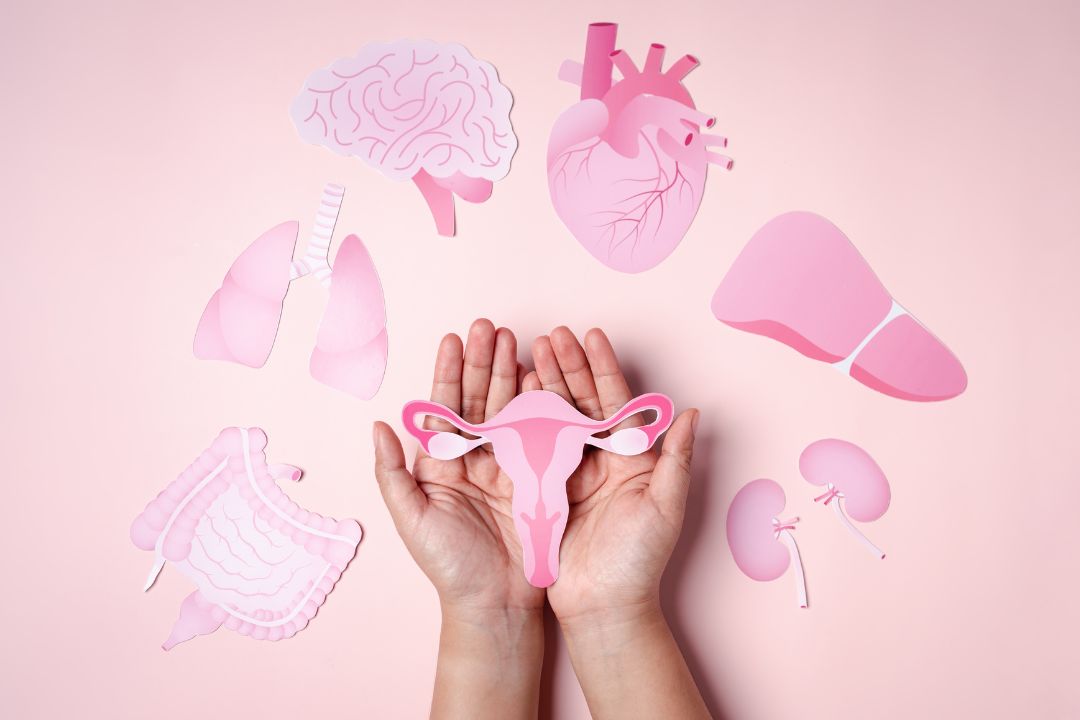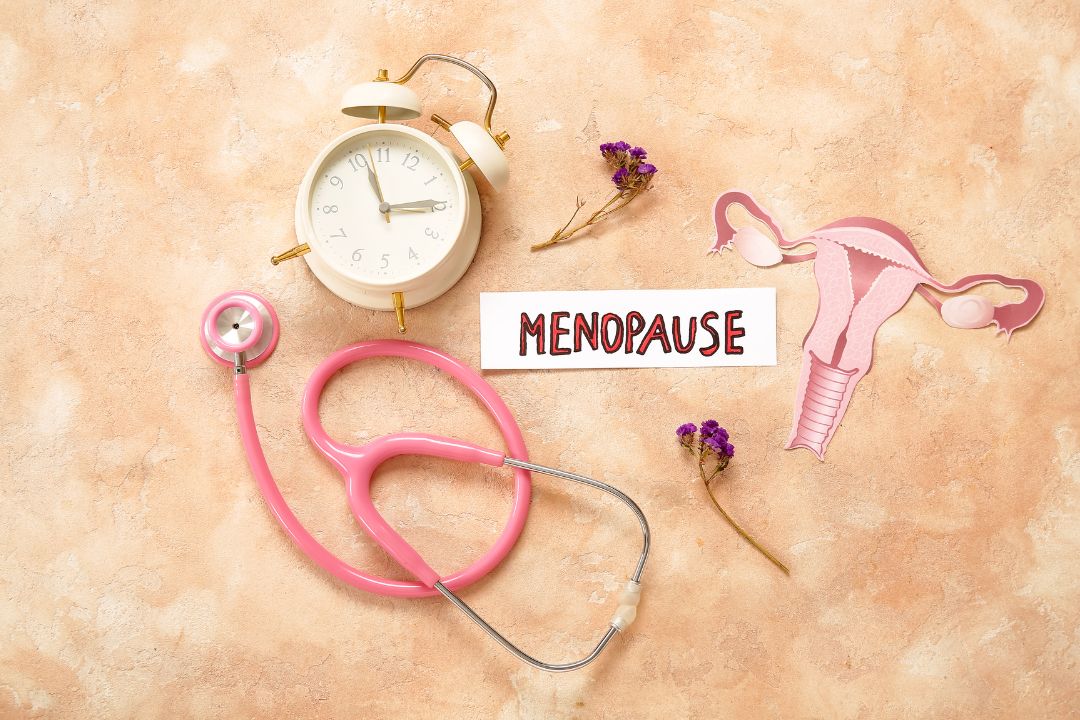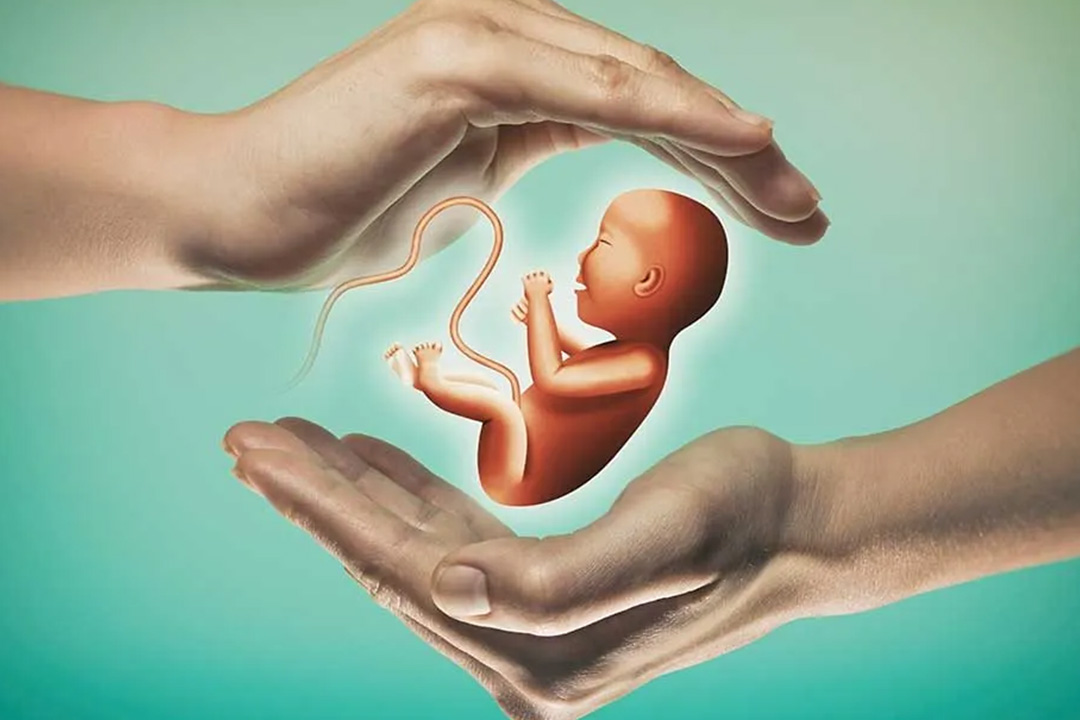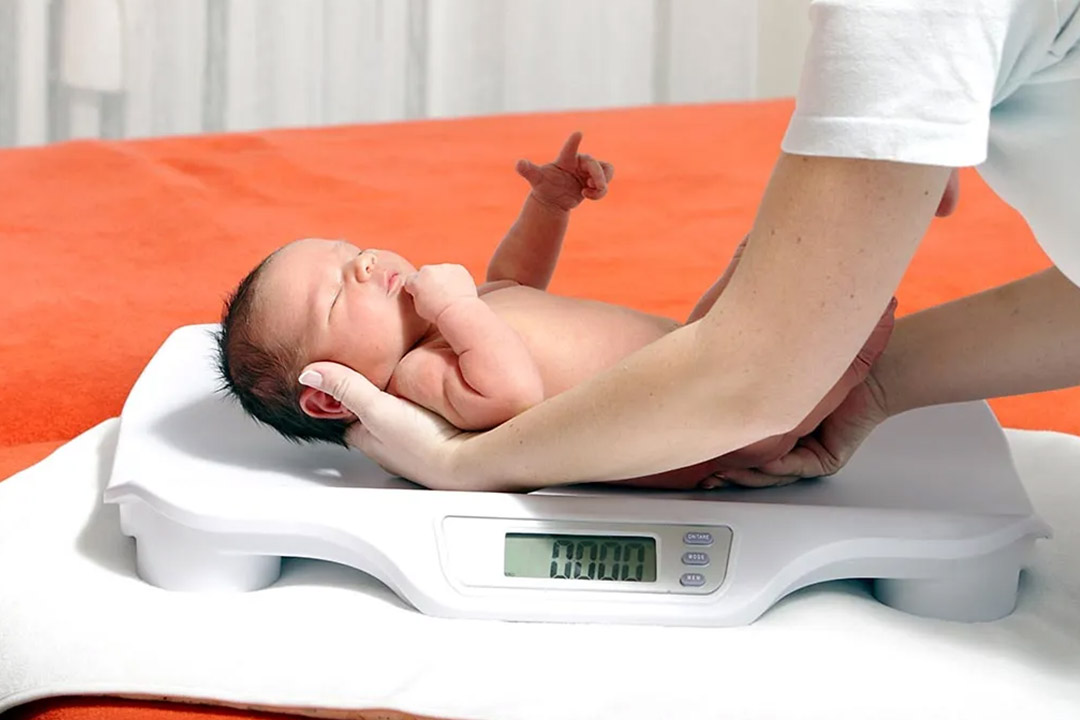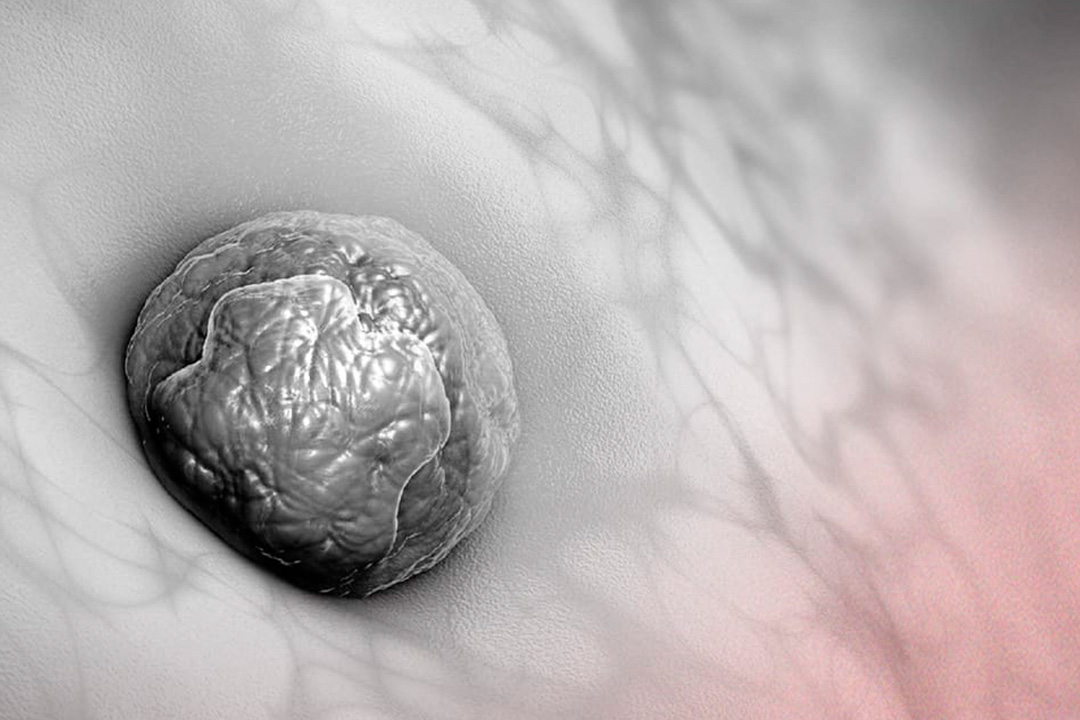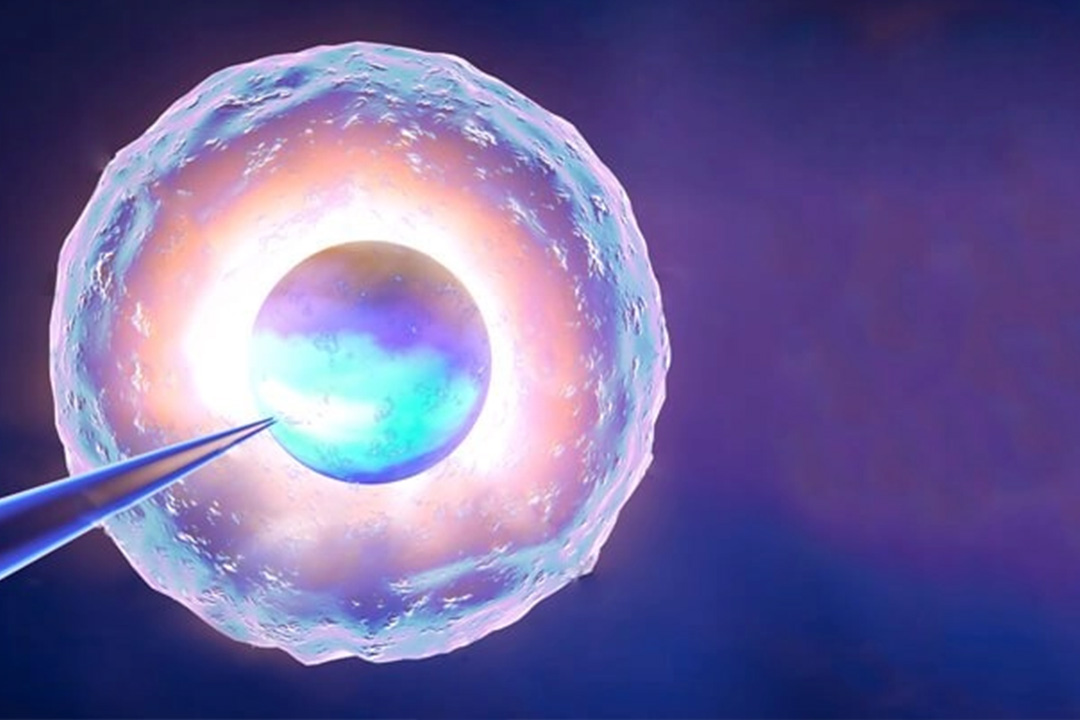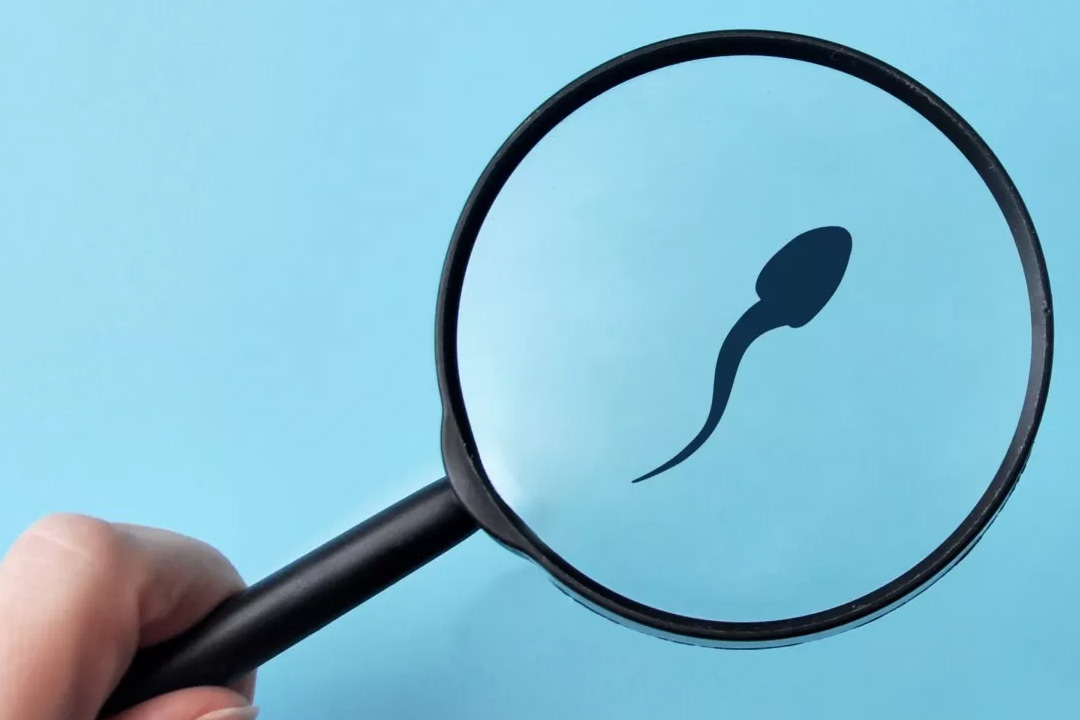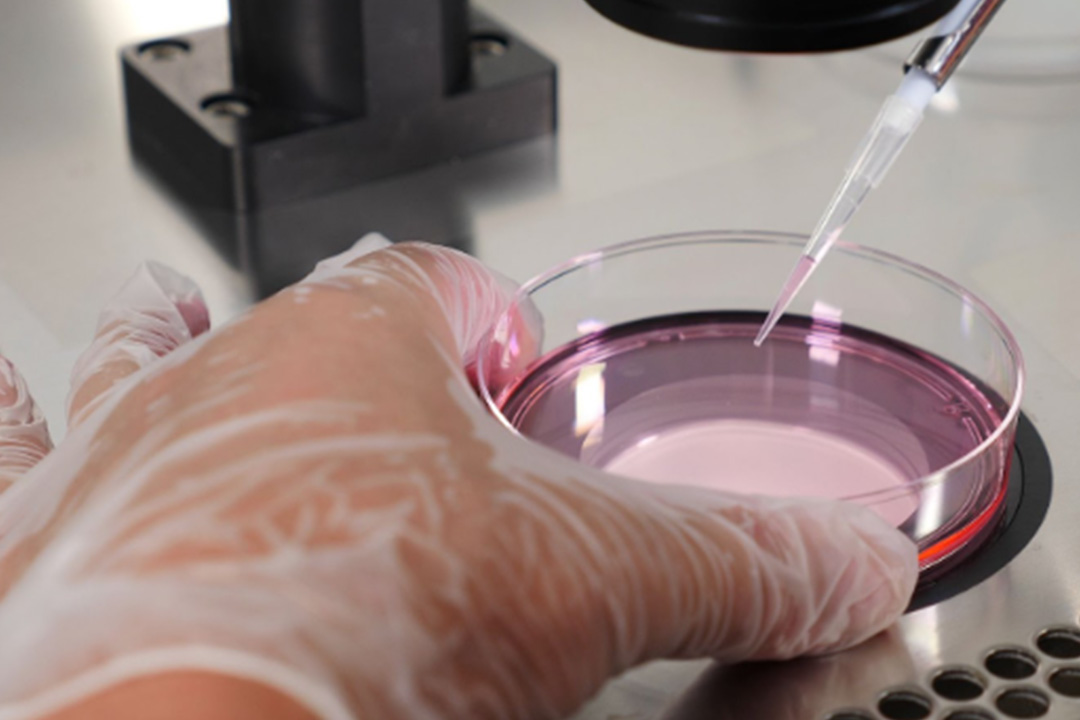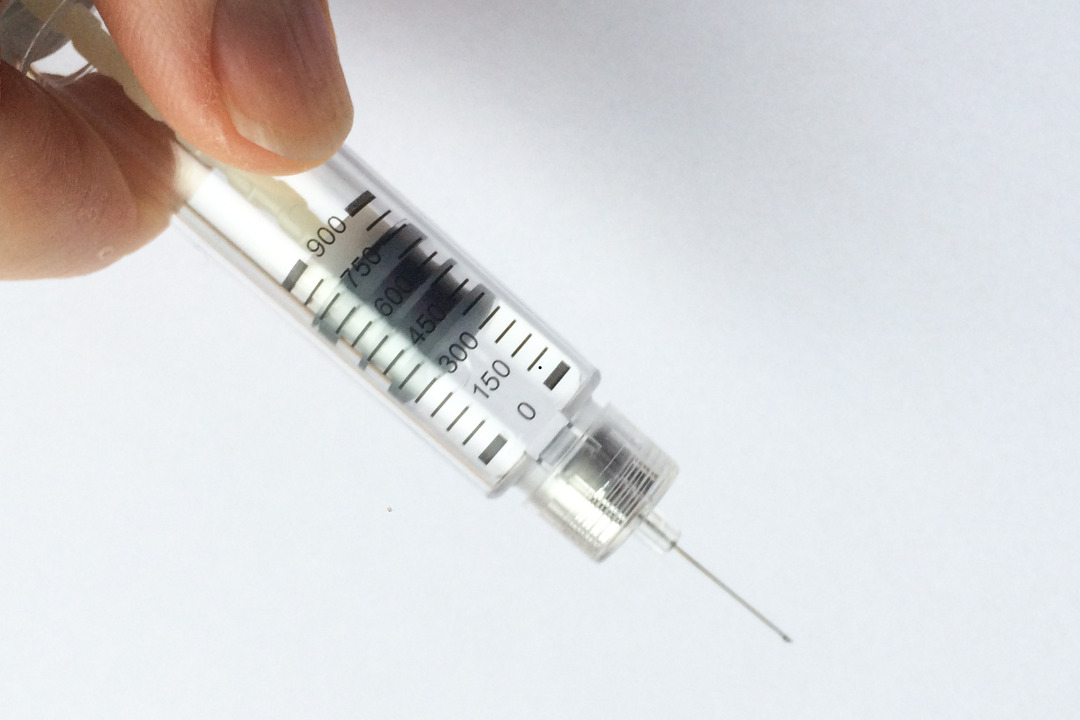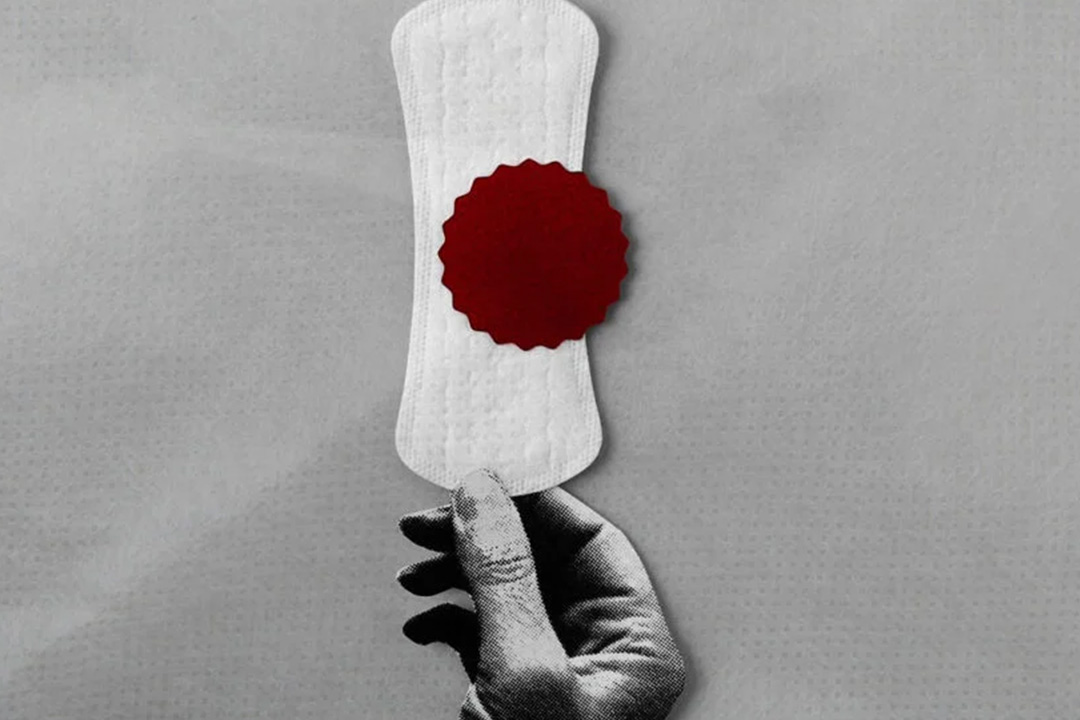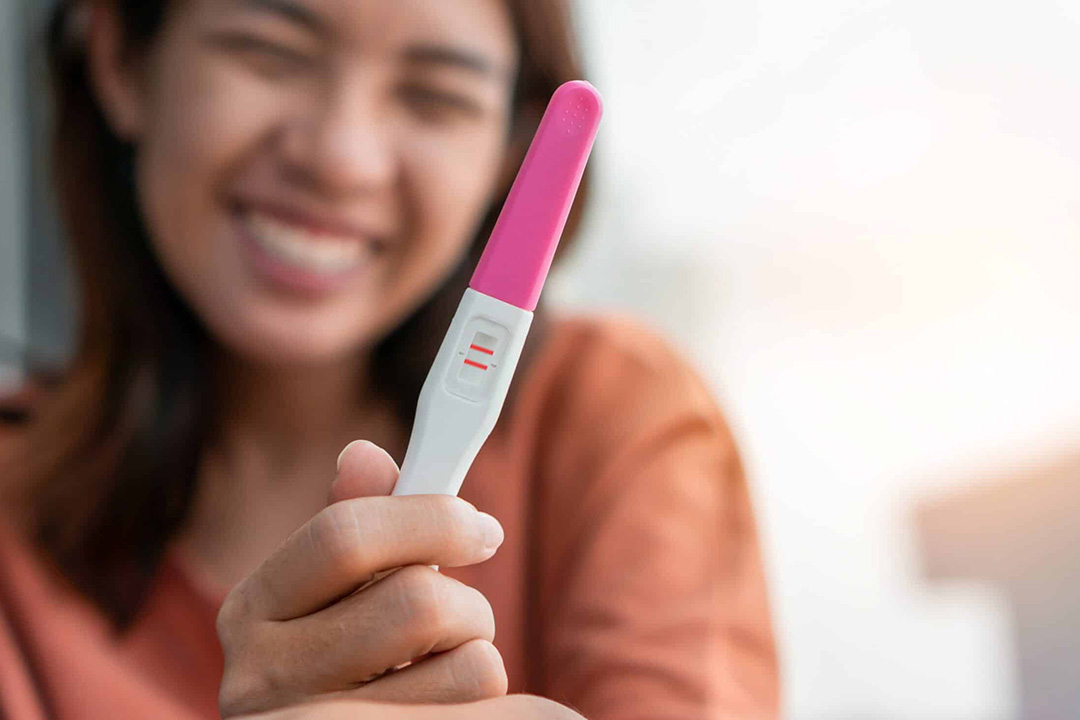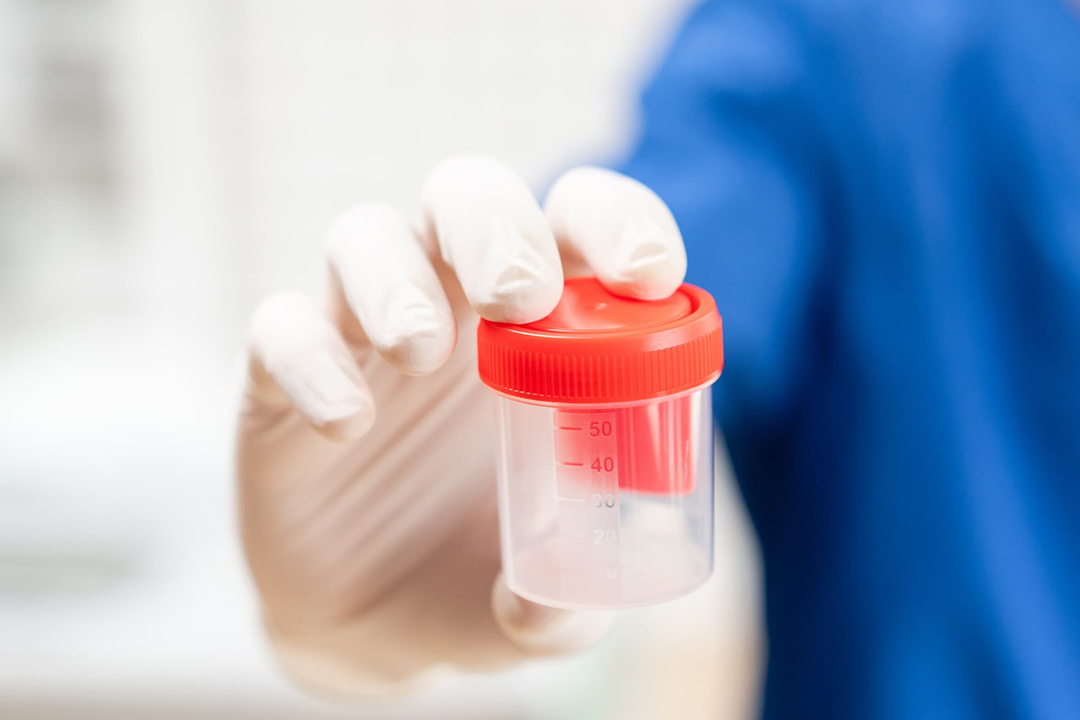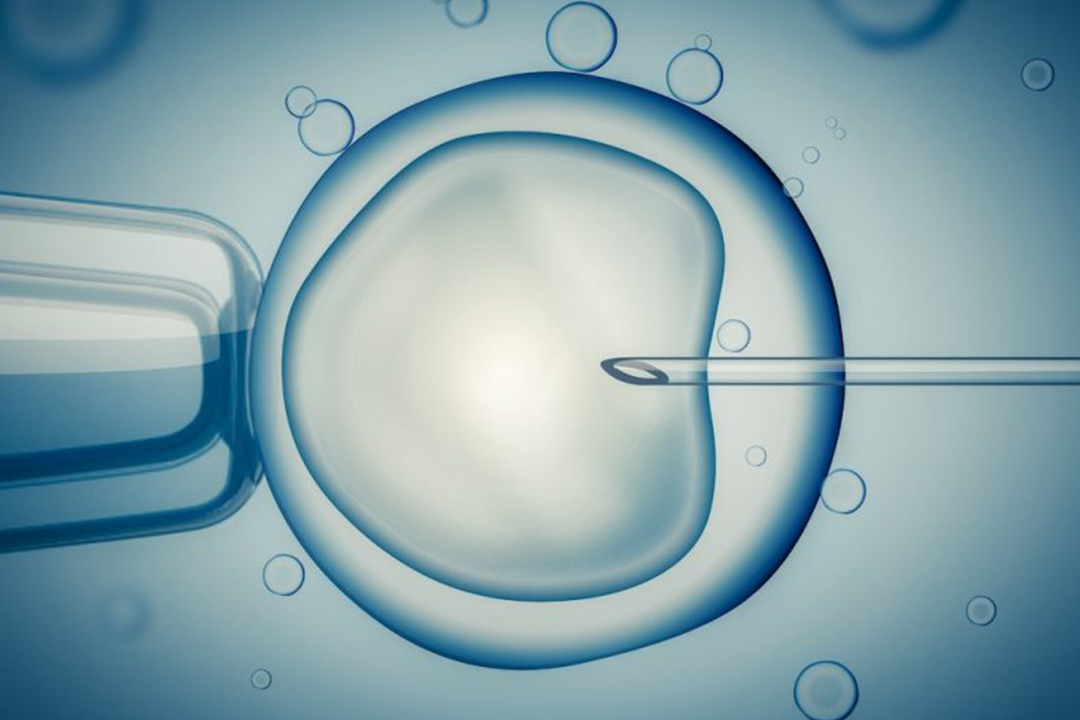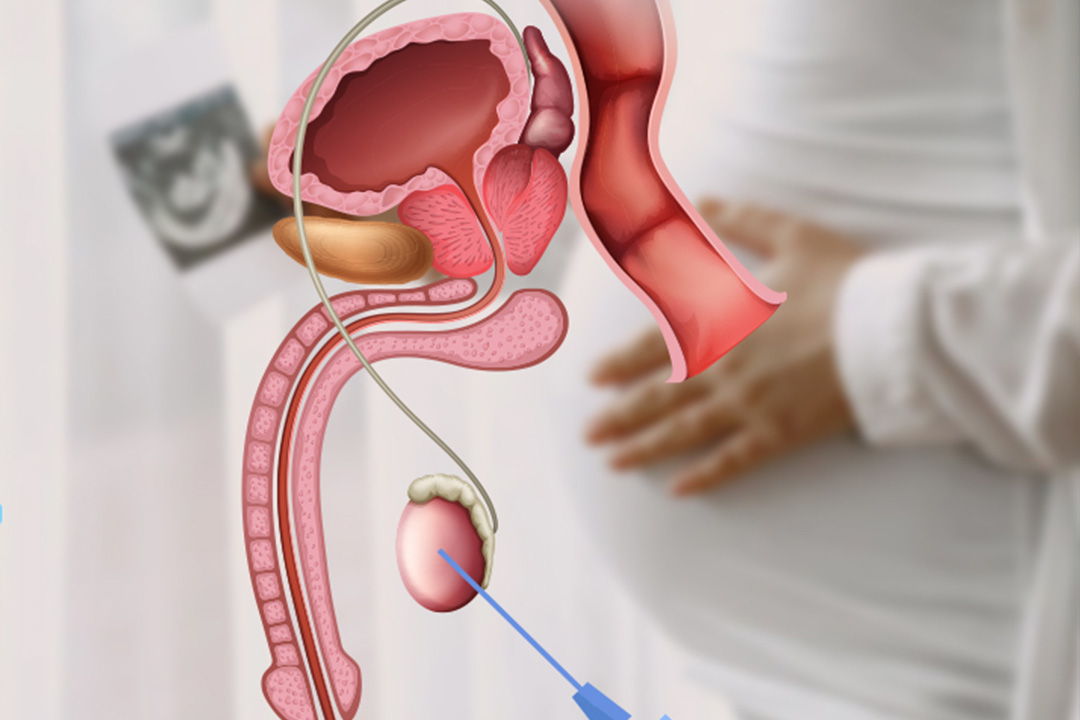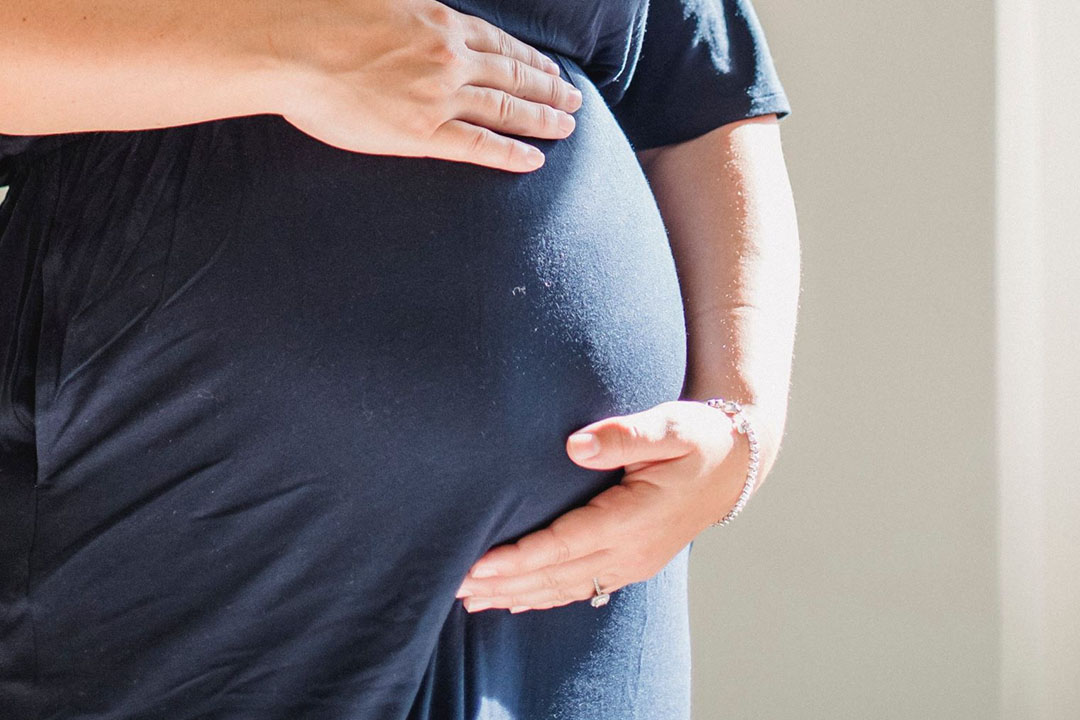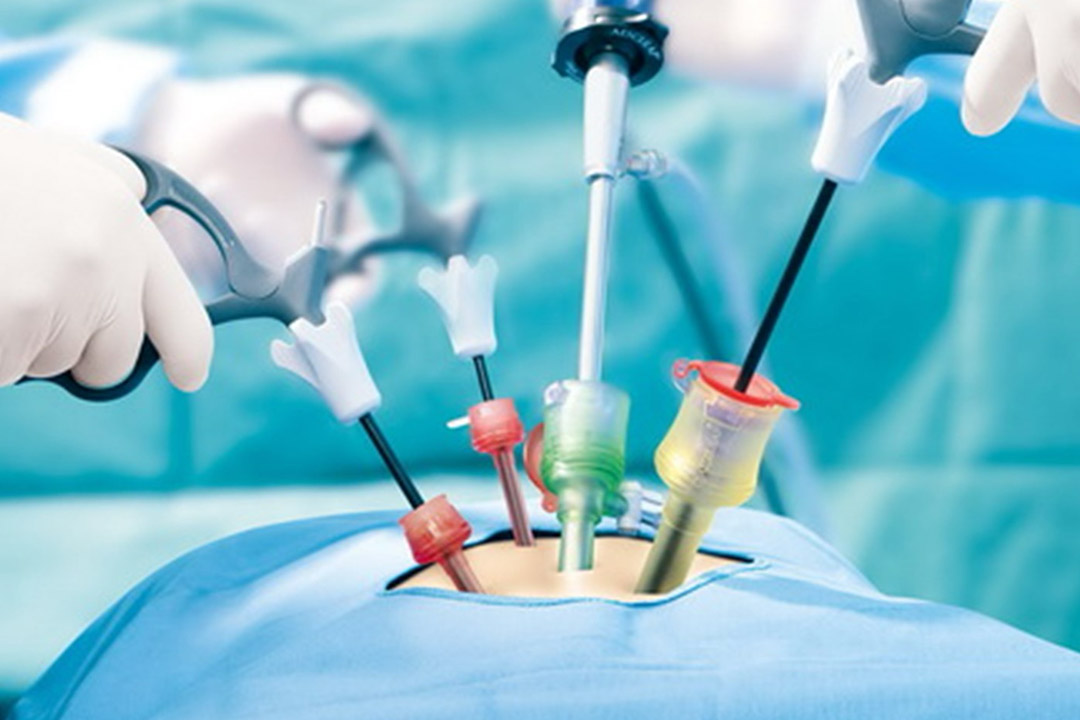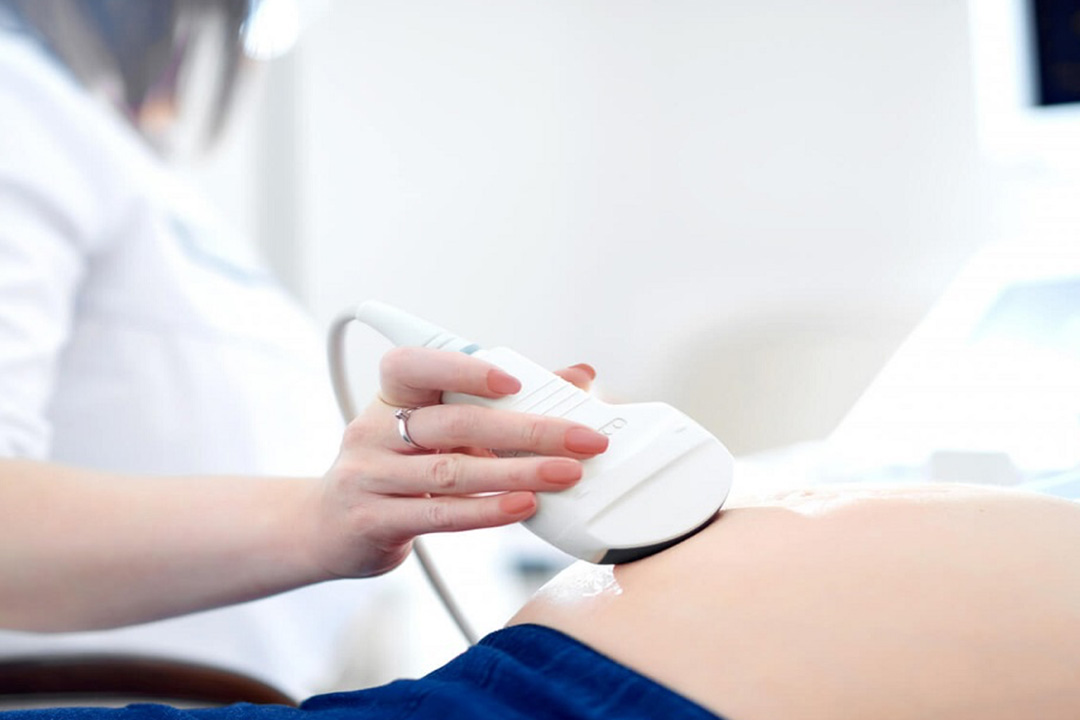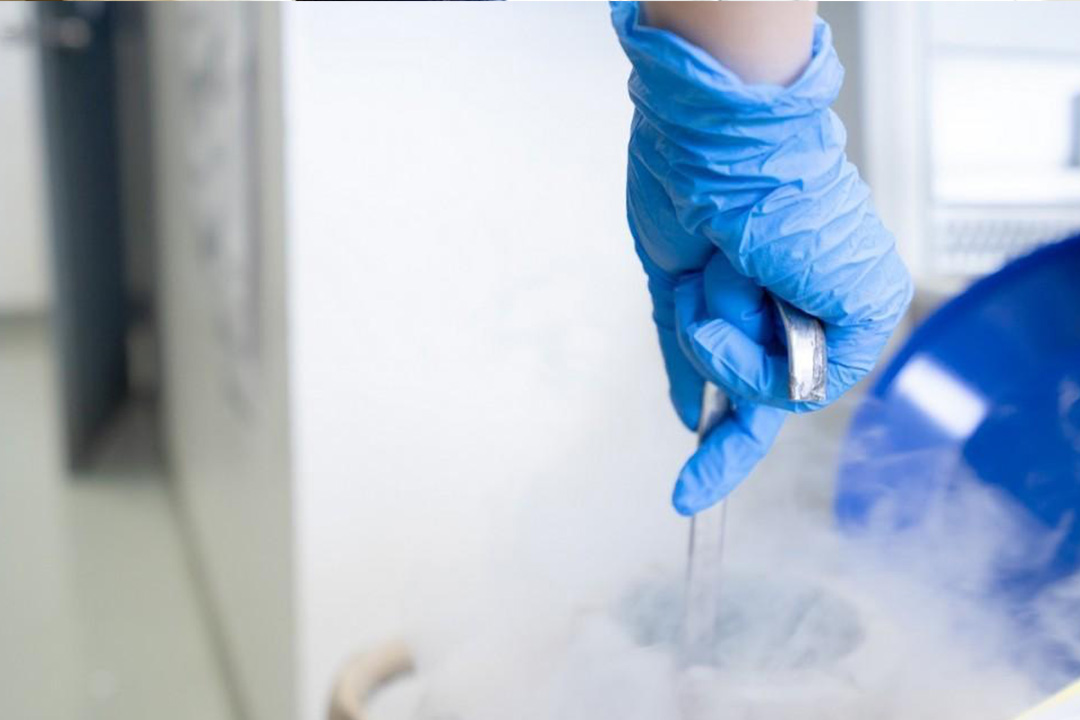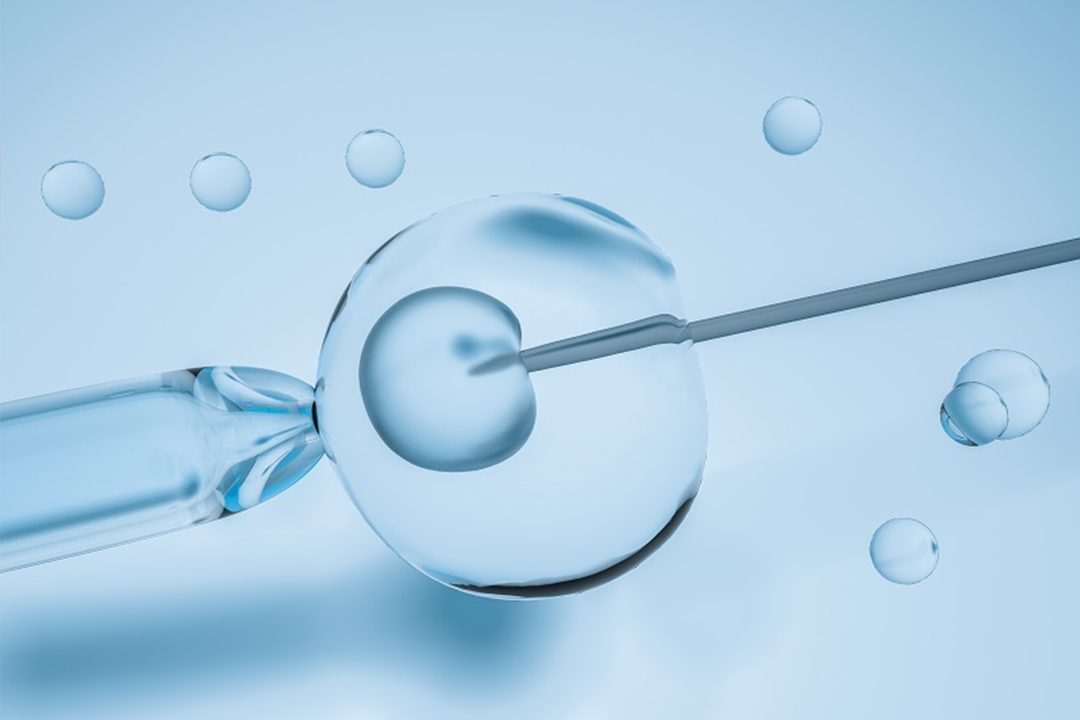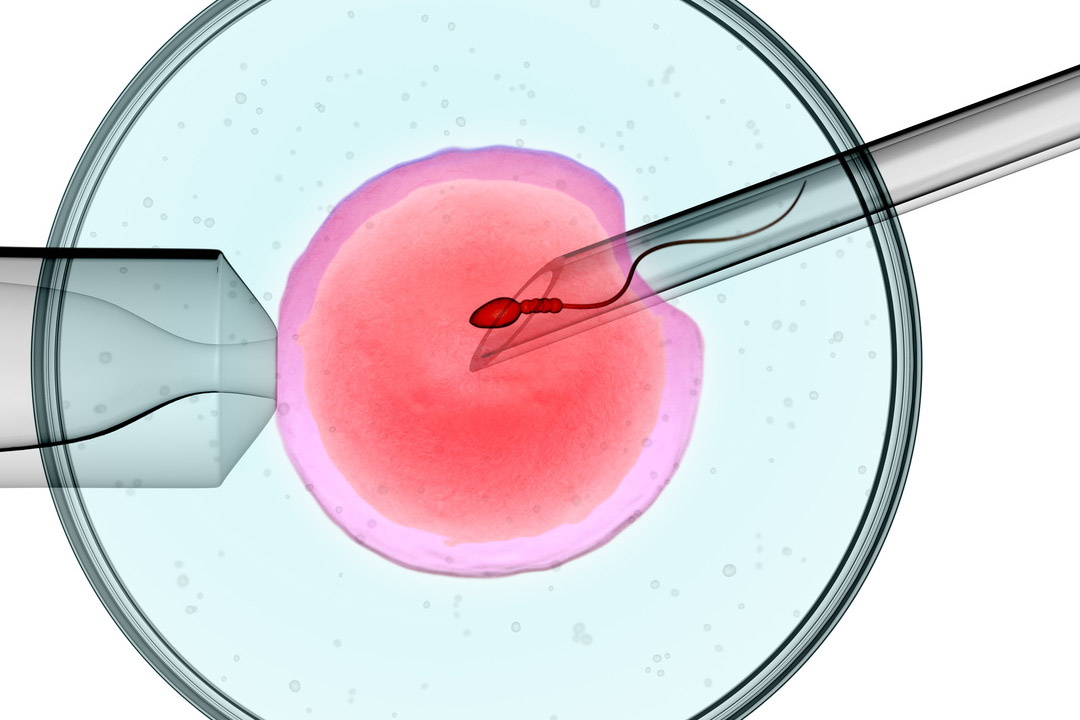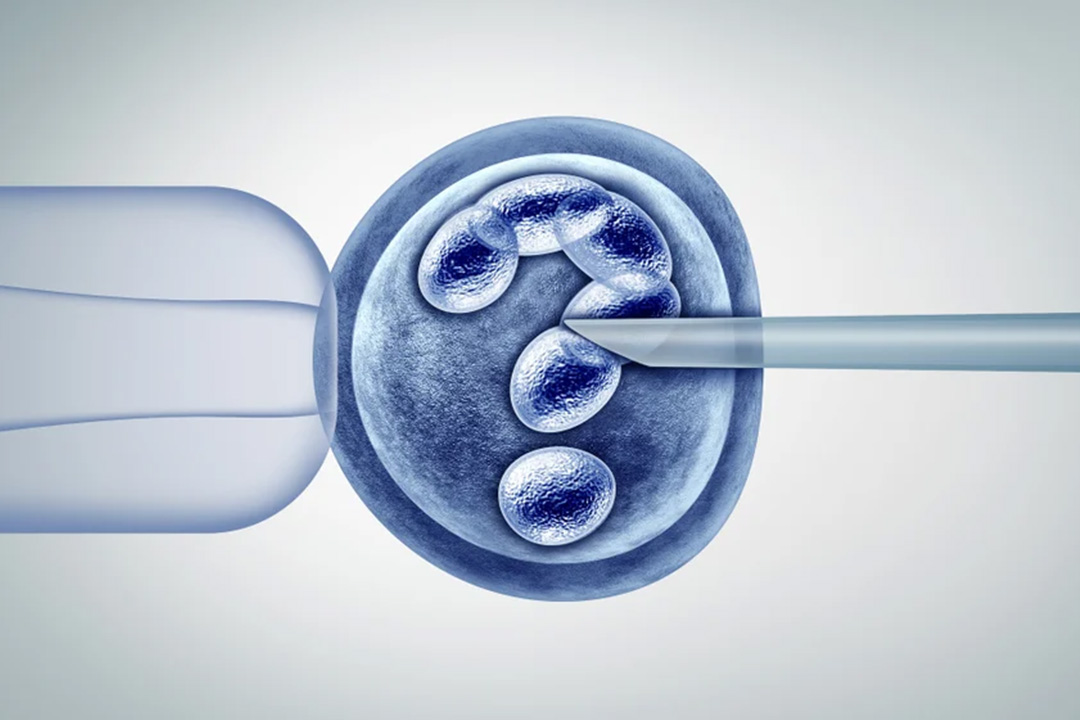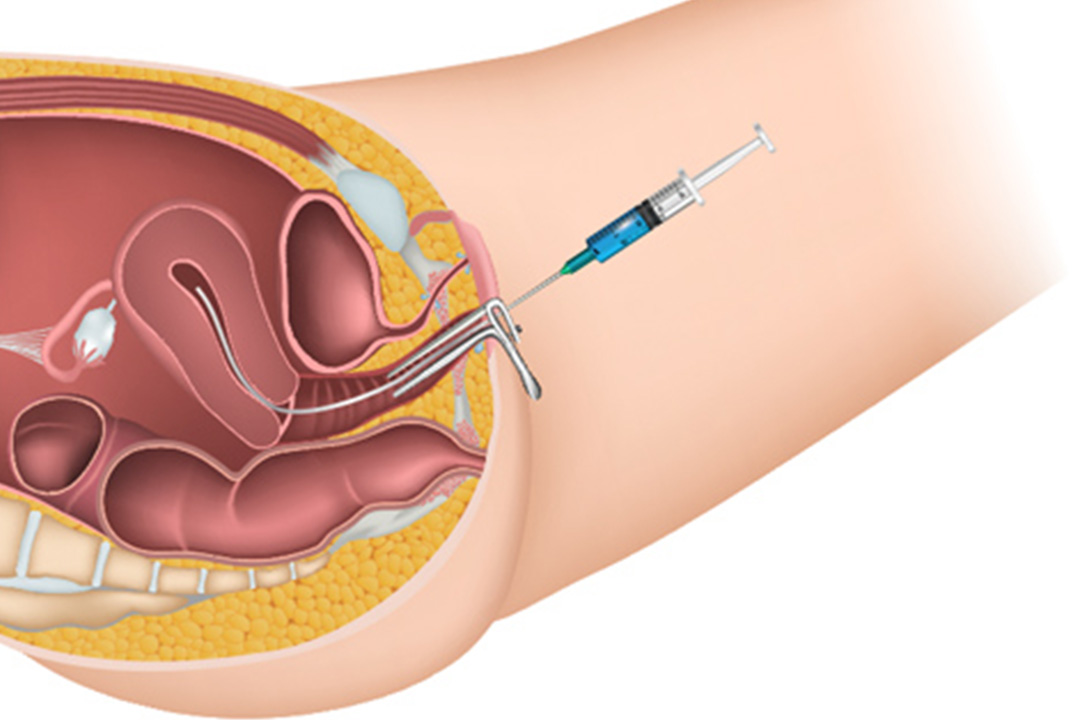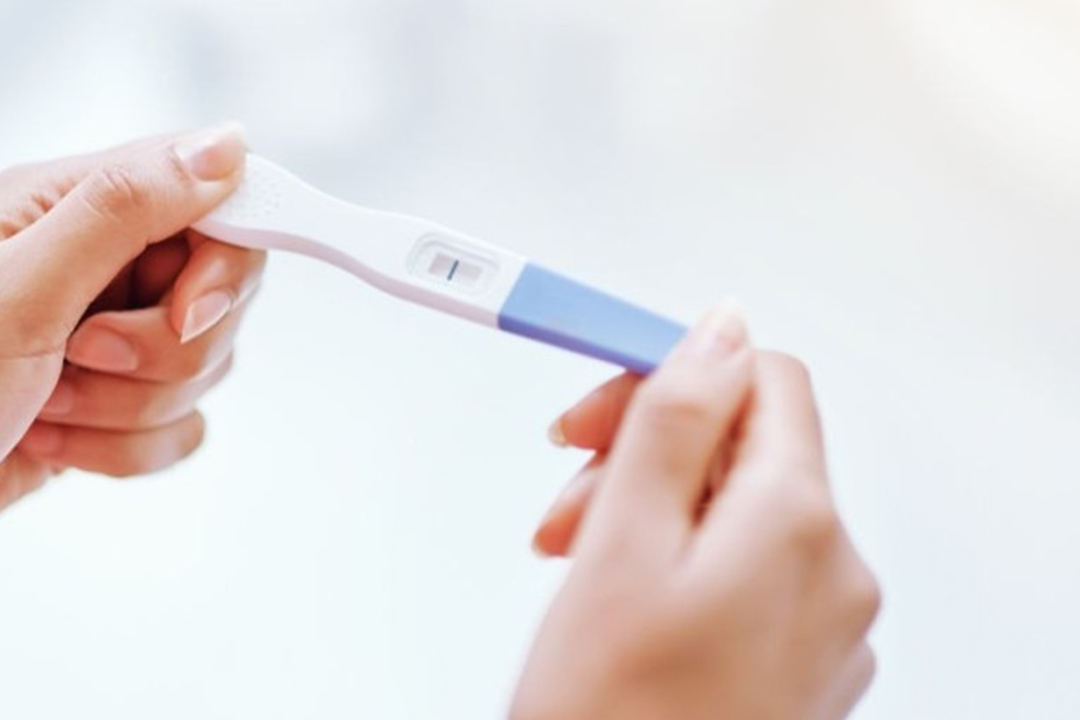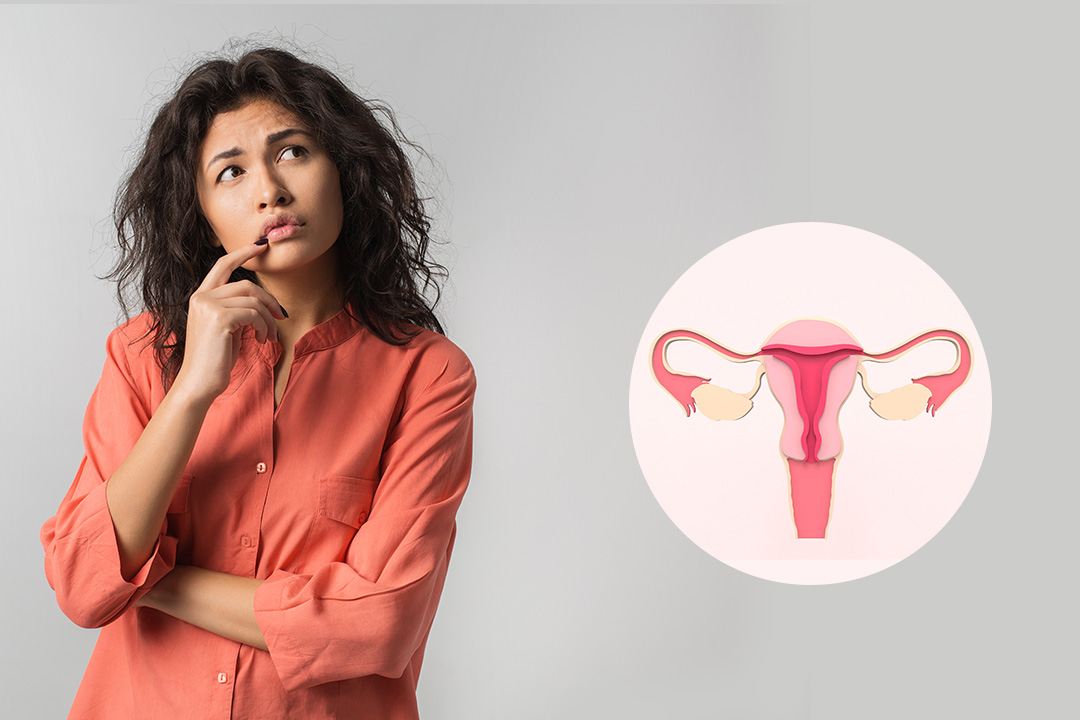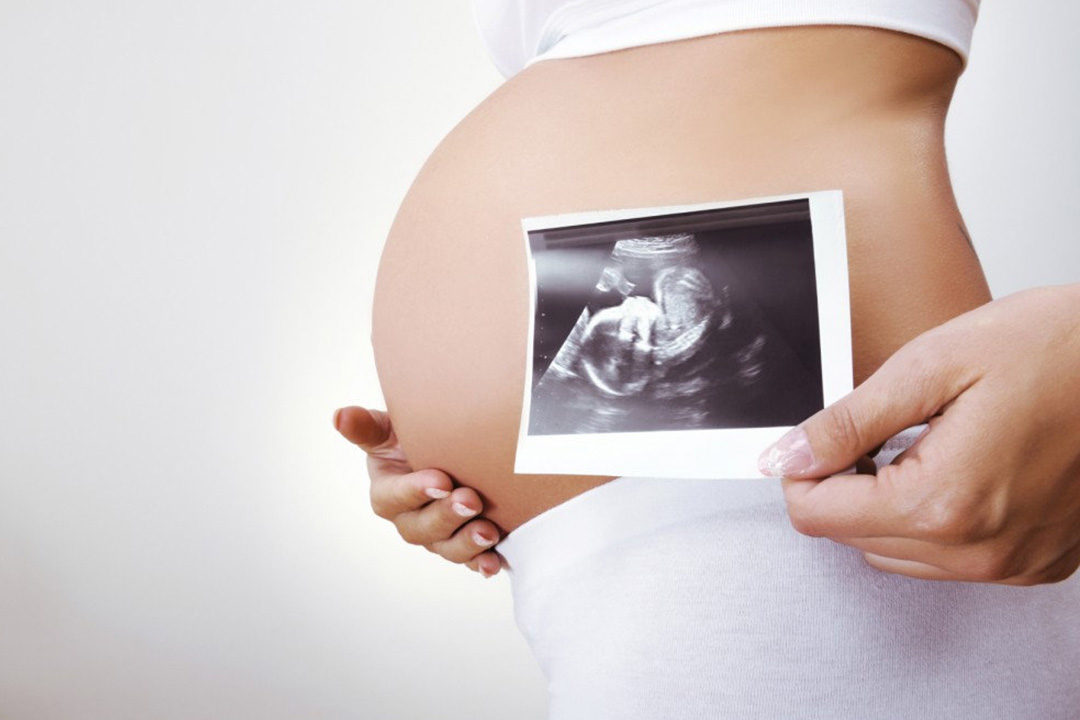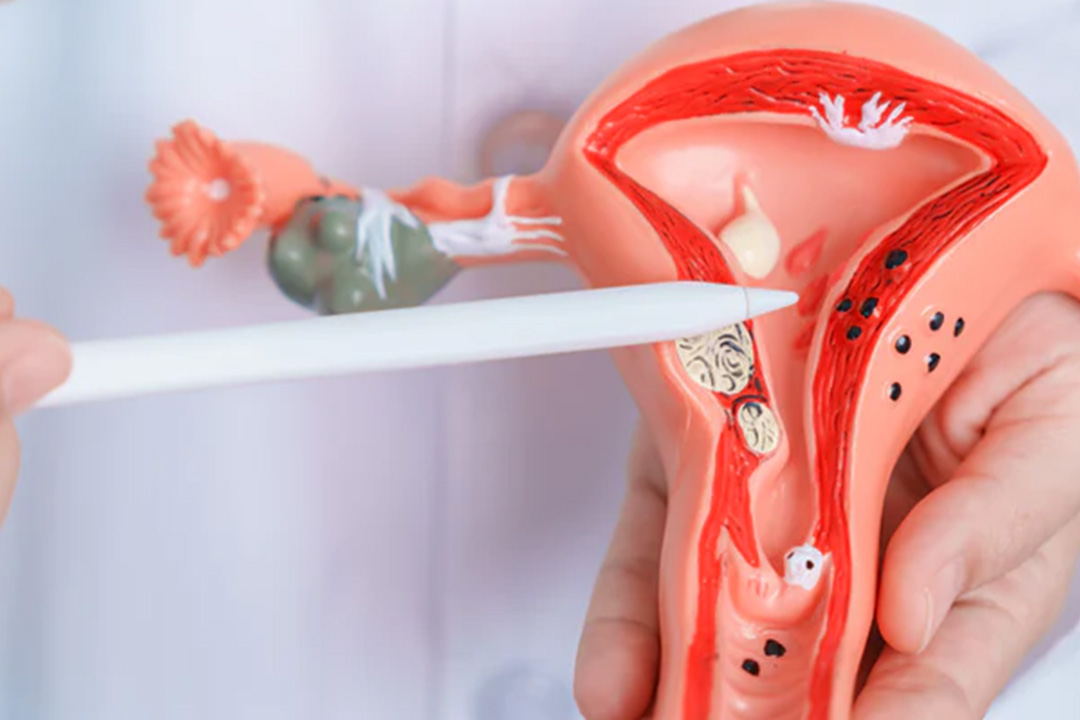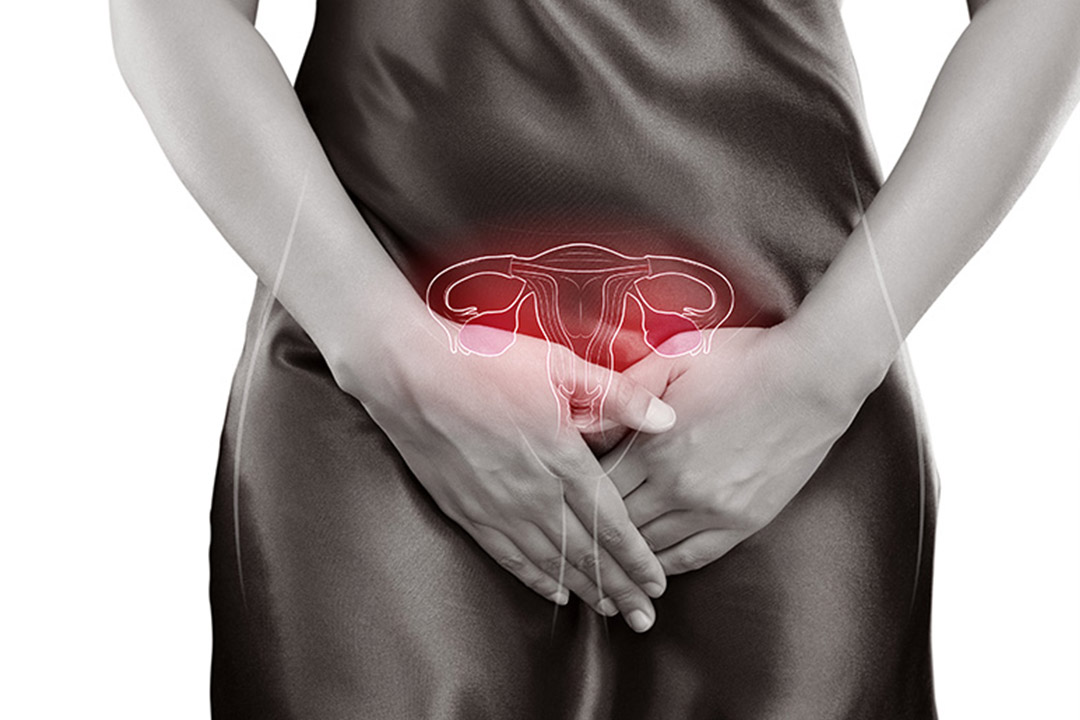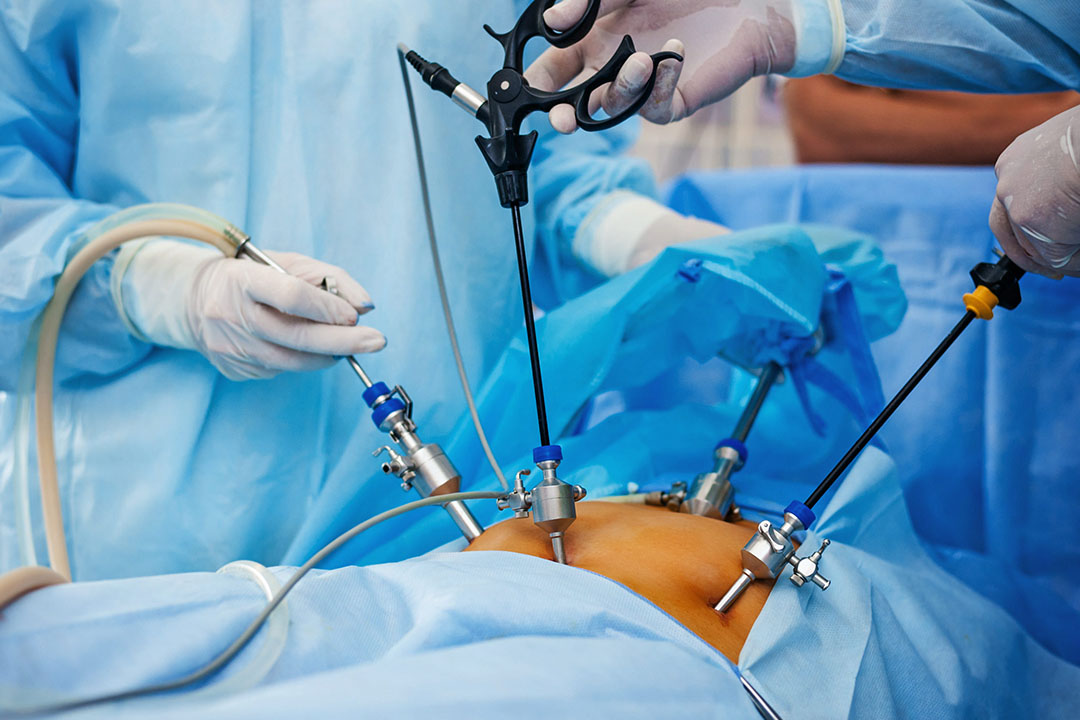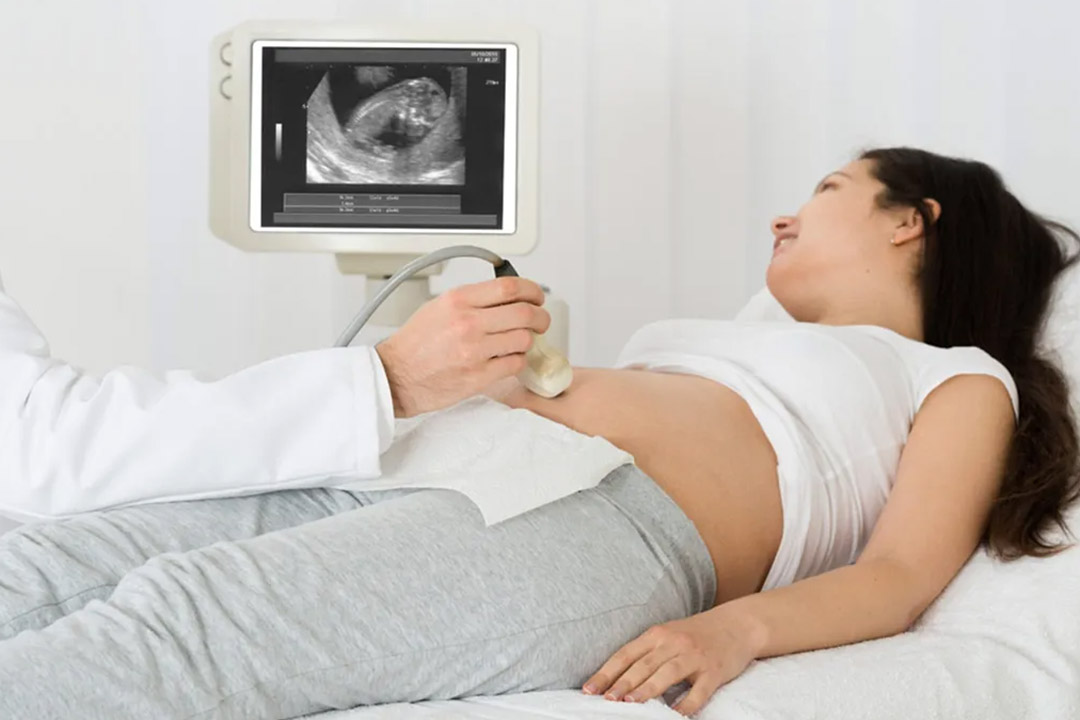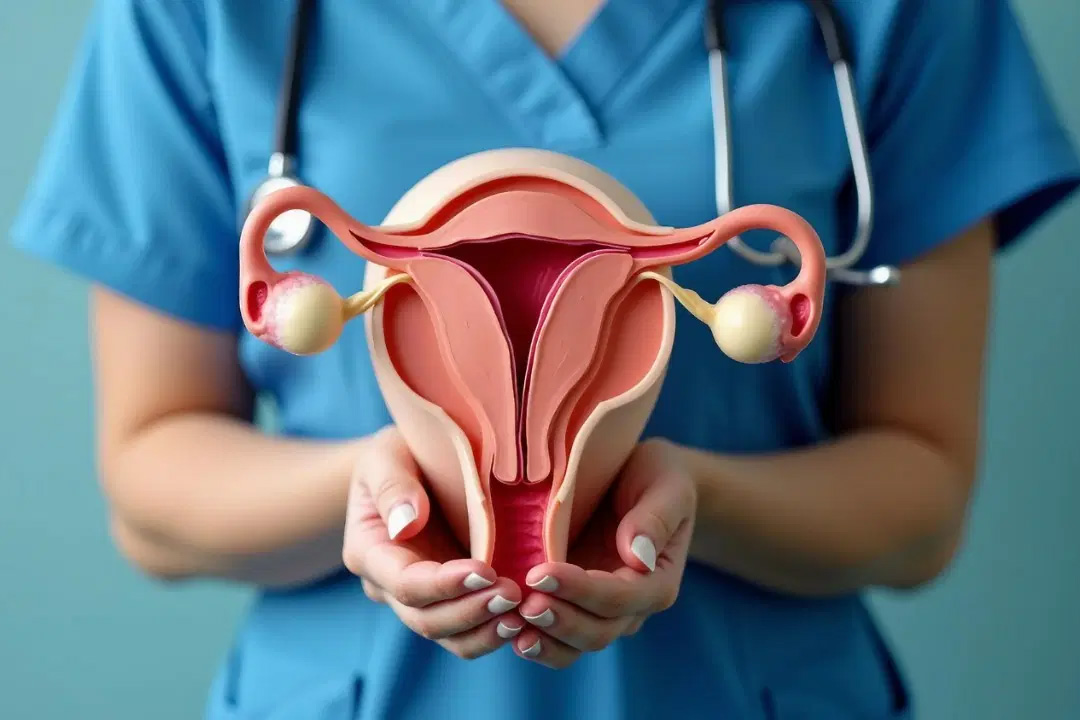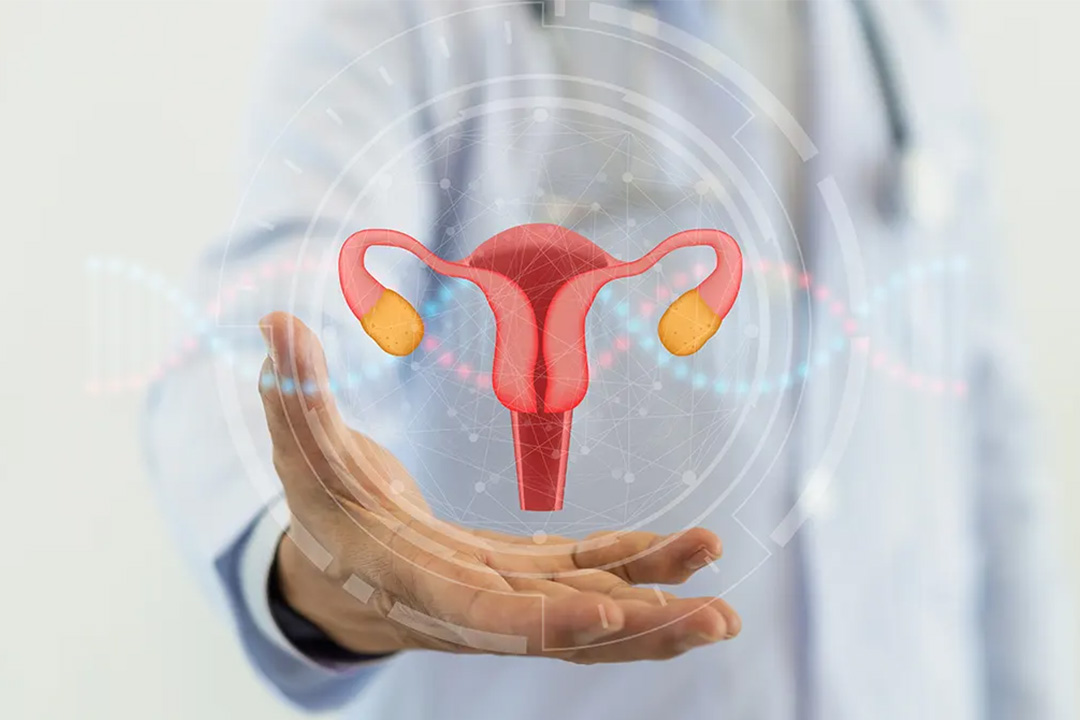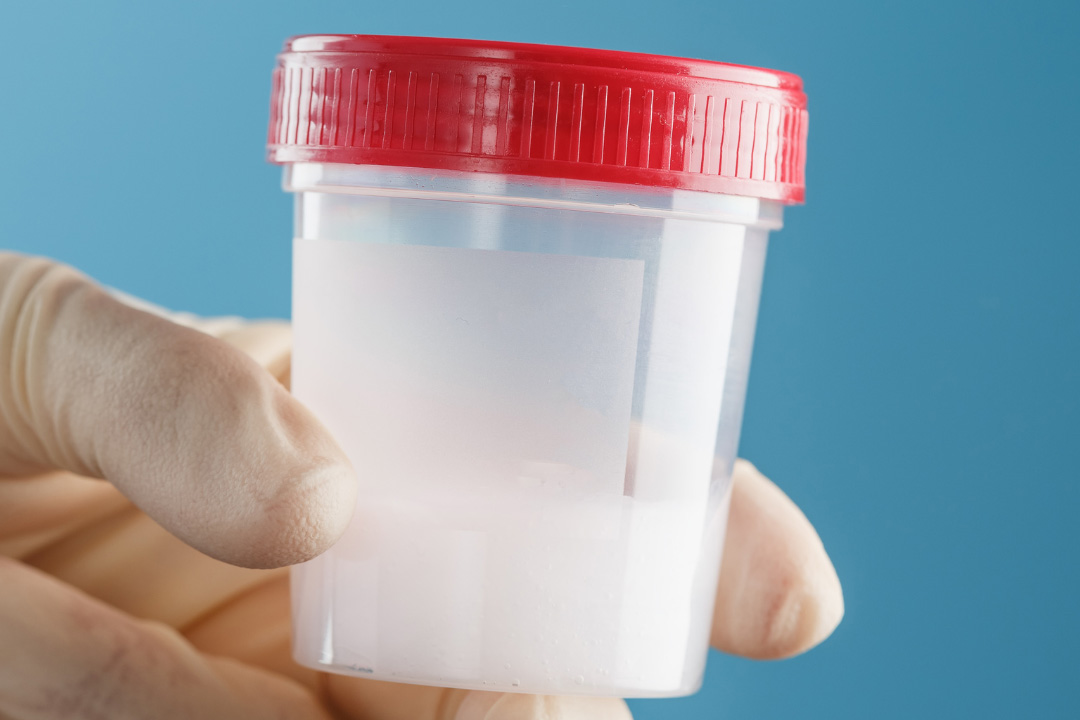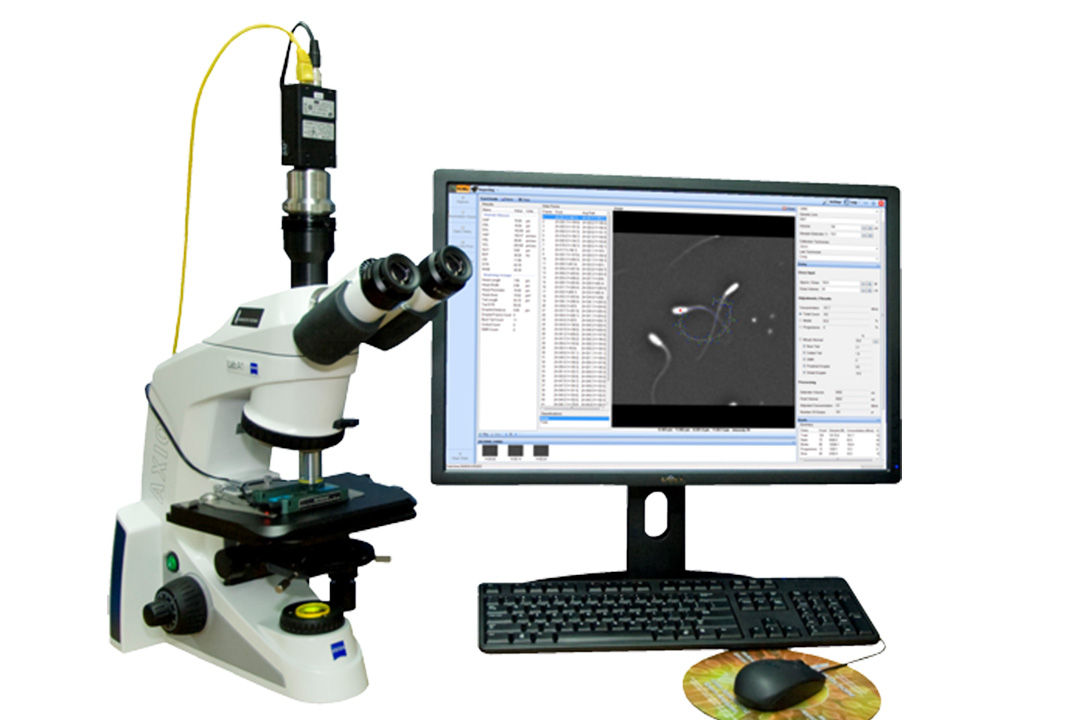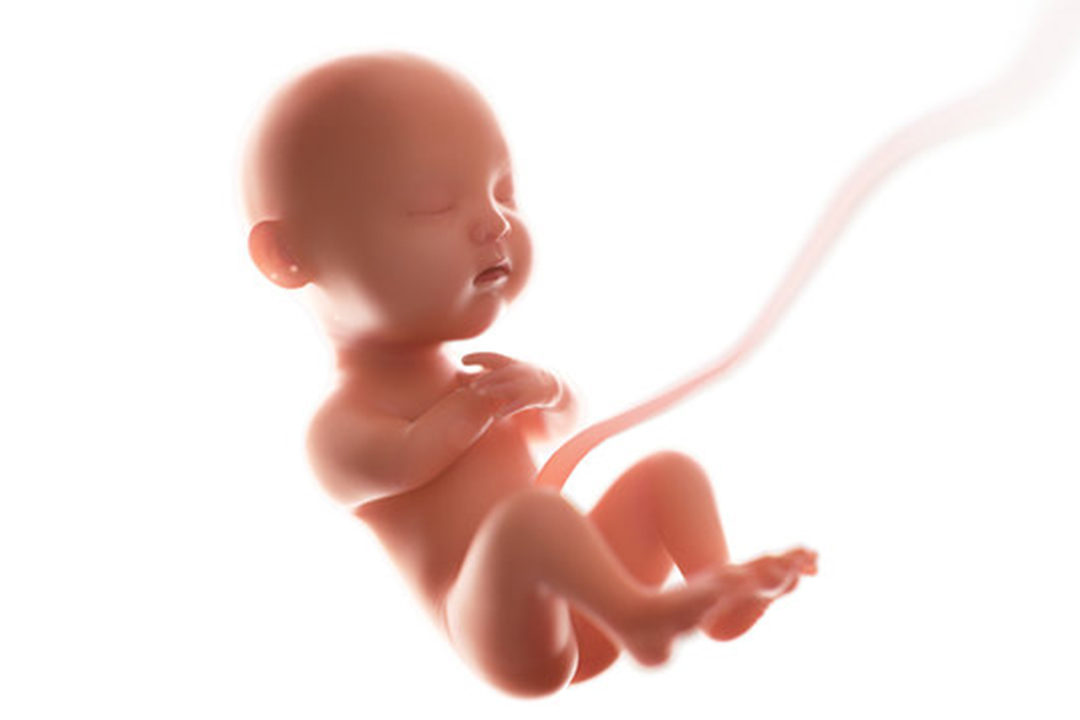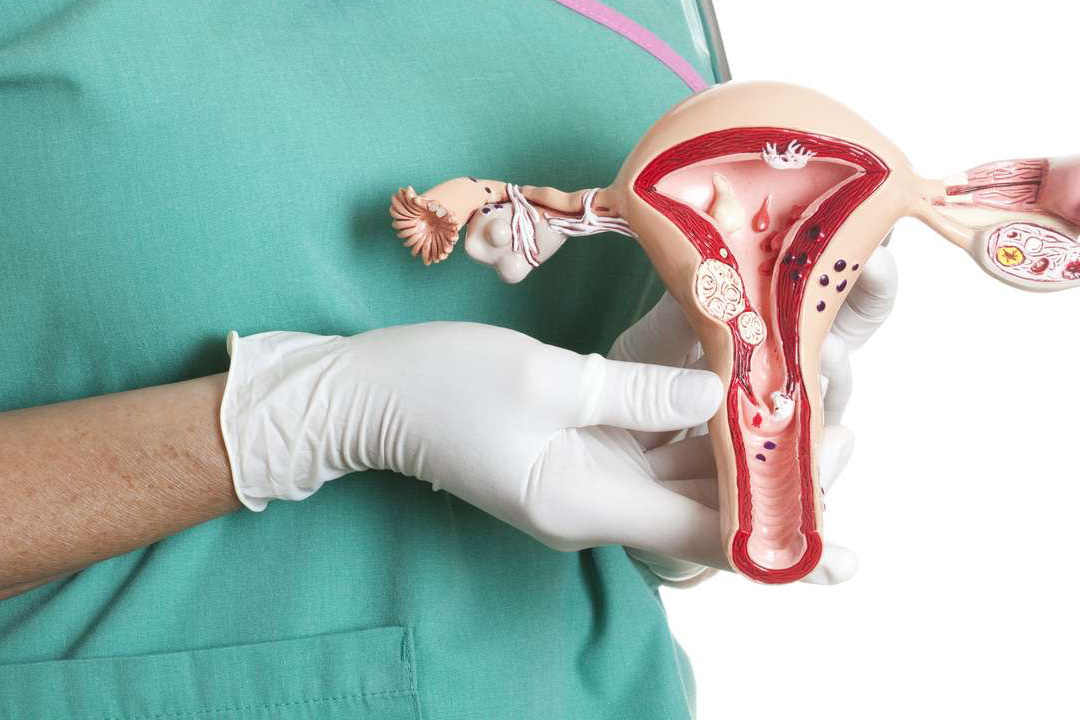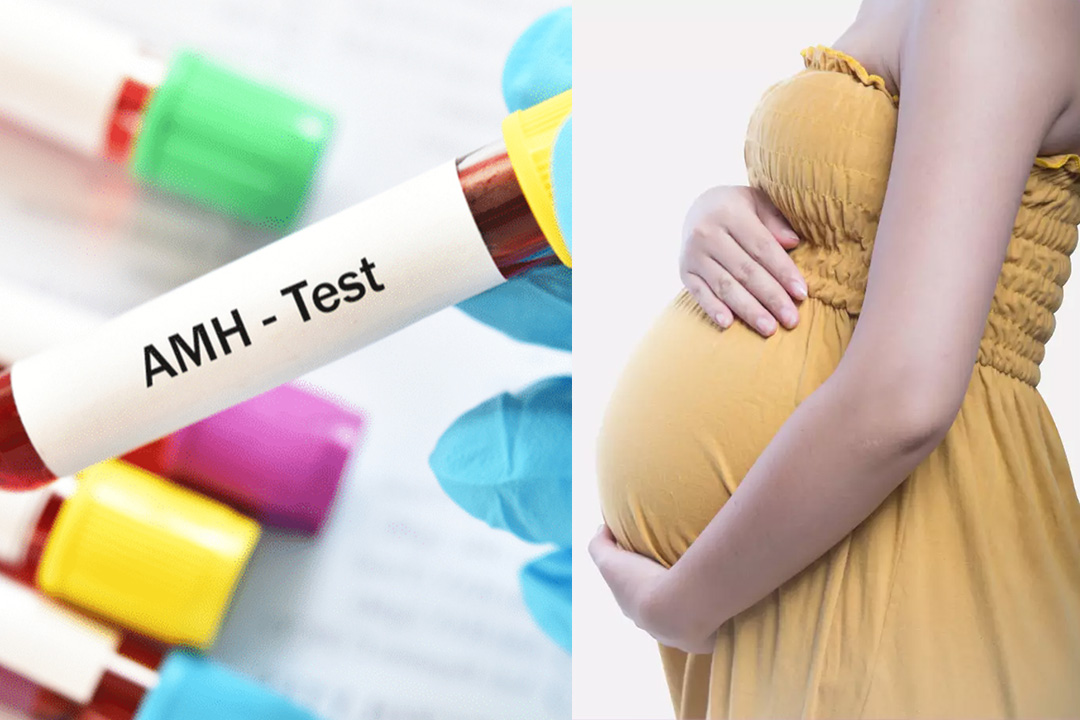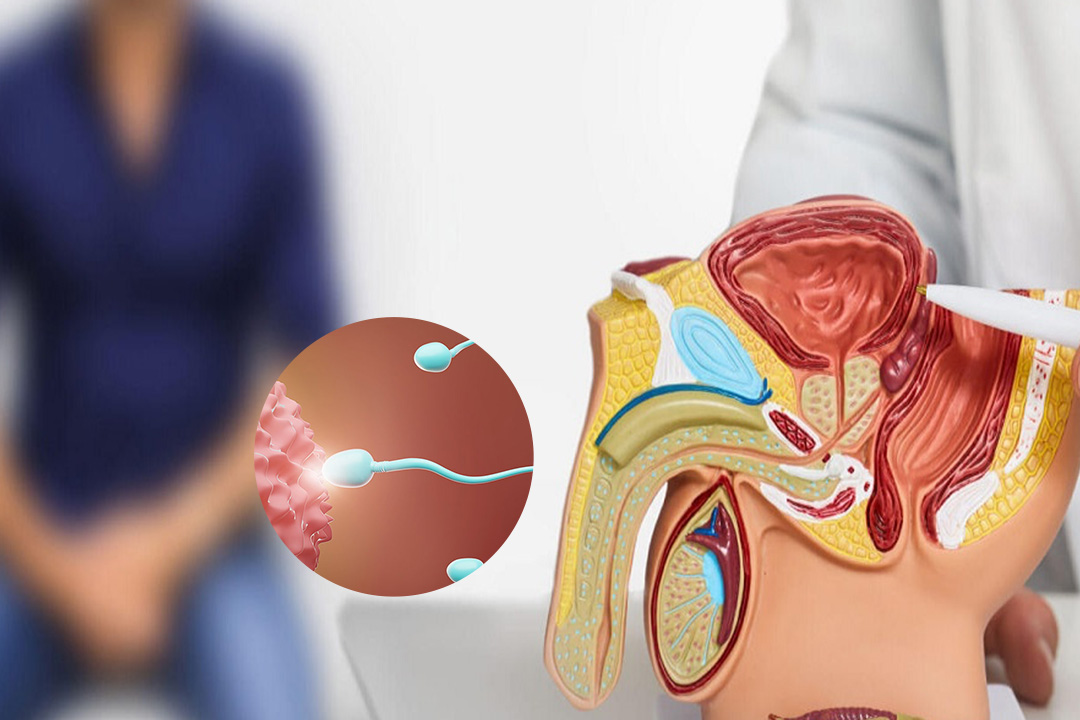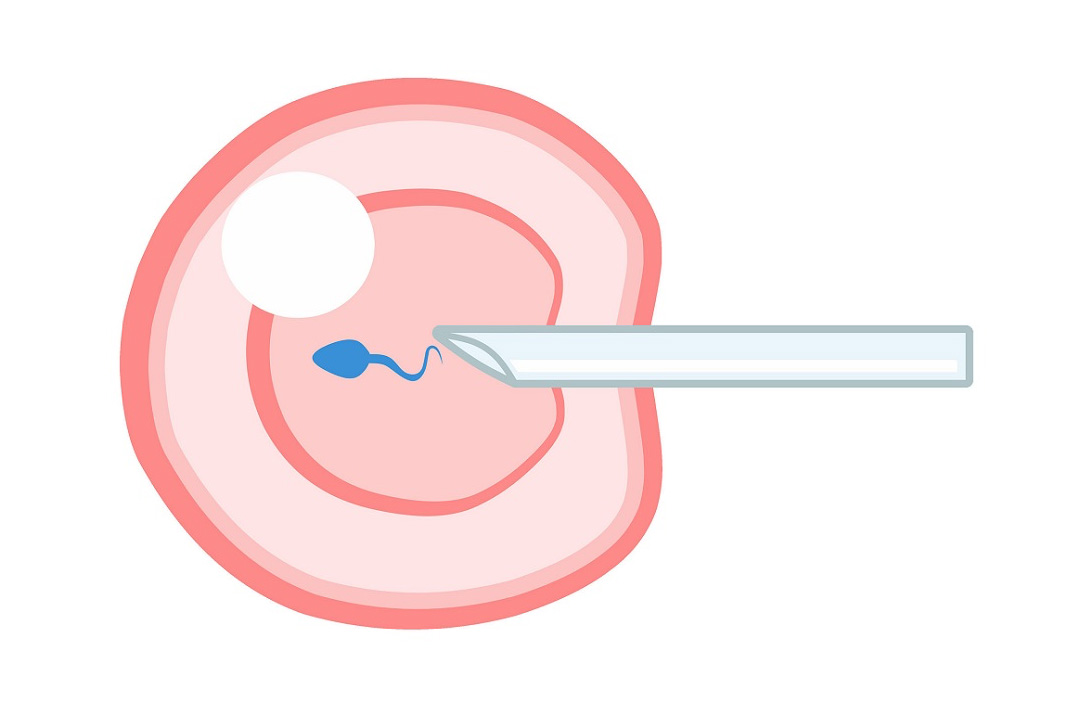Types of Pregnancy Delivery: A Comprehensive Guide
Pregnancy and childbirth are some of the most transformative experiences you’ll ever have. Every expectant parent dreams of a beautiful, smooth delivery, and understanding your options can help you feel empowered and prepared for the big day.
In this article, we’re going to talk about the different ways a baby can be delivered, including the processes, benefits, and possible challenges of each method.
Overview of Delivery Methods
Every labor is unique and no two experiences are exactly the same. While many of us have our ideal plan in mind, sometimes medical factors or unexpected complications require a change of course. The main types of delivery used by healthcare professionals include:
- Vaginal Delivery
- Assisted Vaginal Delivery (using vacuum or forceps)
- Cesarean Section (C-Section)
- VBAC (Vaginal Birth After Cesarean)
Each method comes with its own process, set of advantages, and potential risks. Your care provider will work with you to choose the method that best fits your personal health needs, your baby’s well-being, and any specific risks that might come up during your pregnancy.
What Is Vaginal Delivery?
Vaginal delivery is the most common way to give birth. In this process, the baby makes its way through the birth canal, a natural route that most of us are built for. This method is typically used when the baby is full term—usually between 37 and 42 weeks. Many parents favor vaginal delivery because it often comes with a lower risk of complications and a quicker recovery time after birth.
The Stages of Vaginal Delivery
The journey of a vaginal delivery happens in three major stages:
- Labor: Labor begins with contractions that help the cervix to gradually open (or dilate). This process can occur on its own—called spontaneous labor—or sometimes it’s medically induced when there are concerns such as a pregnancy that has gone too long or other health reasons. During this stage, your body gets ready for the big push.
- Birth: Once the cervix has fully dilated, you enter the stage where you actively push during contractions to help your baby move down the birth canal. This is the exciting moment when the baby’s head appears, followed by the rest of the body. It’s an intense, physical process that many describe as both challenging and incredibly rewarding.
- Delivery of the Placenta: After your baby is born, your body will expel the placenta which is the organ that provides nourishment and oxygen during your pregnancy. Though it might seem like a small step, this stage is very important for your recovery.
Benefits of Vaginal Delivery
There are many reasons why a vaginal birth is often preferred by both doctors and mothers:
- Faster Recovery
- Lower Infection Risk
- Improved Respiratory Health for Baby
- Bonding with the mother
Spontaneous vs. Induced Vaginal Delivery
Spontaneous Vaginal Delivery
This occurs naturally, with labor starting on its own without any medical intervention—a process that many consider to be the purest form of childbirth.
Induced Vaginal Delivery
In some cases, healthcare providers might decide to jump-start labor with medications like oxytocin, if there are concerns for your baby’s health or if the due date has passed. While this means the process is a bit more managed, it still follows the natural path of a vaginal birth.
What Is an Assisted Vaginal Delivery?
Sometimes, the natural process needs a little help. Assisted vaginal delivery is when a healthcare provider uses tools to guide the baby out of the birth canal. This usually happens if labor stalls, if you’re feeling extremely tired, or if there’s any sign of distress in your baby that calls for a faster delivery.
Tools Used in Assisted Deliveries
Forceps Delivery: The doctor uses them to carefully guide your baby’s head out of the birth canal. While it sounds a bit intimidating, it’s a well-practiced technique designed to be as safe as possible for both you and your baby.
Vacuum Extraction Delivery: In this method, a soft suction cup is placed on the baby’s head. With each contraction, the doctor uses gentle suction to help pull the baby through. It’s another tool in the toolbox that can be used to help ensure your baby is born safely when extra assistance is needed.
When Is Assisted Delivery Recommended?
Assisted deliveries come into play in scenarios such as:
- Labor that slows down or stalls
- When you’re too exhausted to push effectively
- Signs of distress in the baby that require a quicker delivery
- Situations where a rapid delivery could prevent further complications
Benefits: An assisted delivery can help shorten the pushing phase of labor and may prevent complications for both you and your baby by ensuring a speedy exit.
Risks: Although generally safe, there’s a slight possibility of minor injuries—either to your baby’s head or to your soft tissues. Additionally, sometimes the need for assistance might lead to other interventions, like an episiotomy, to enlarge the birth canal.
What Is a C-Section?
A cesarean section, or C-section, is a surgical procedure where the baby is delivered through incisions made in your abdomen and uterus. This method can be planned ahead of time if there are known risks, or it may be done as an emergency measure if complications arise during labor.
There are several situations where a C-section becomes the safest option:
- Previous C-Section: If you’ve had a C-section in the past, your doctor might recommend another to avoid complications with uterine scarring.
- Multiple Pregnancies: Carrying twins or more might require a C-section for the safest delivery.
- Placenta Previa: When the placenta covers the cervix, a surgical delivery is often the best way to avoid dangerous bleeding.
- Breech Position: If your baby is not positioned head-first, a C-section might be the safest approach.
- Fetal Macrosomia: A very large baby may not pass safely through the birth canal.
- Other Obstetric Concerns: Conditions such as uterine fibroids or other anatomical issues can also make a vaginal delivery risky.
The C-Section Procedure
During a C-section, you will be given anesthesia to numb the lower part of your body or general anesthesia if needed. The doctor then makes a horizontal cut in your lower abdomen and another in the uterus. Once your baby is safely delivered, the incisions are closed with stitches or staples.
Benefits:
- A Controlled Environment: Scheduled C-sections can help reduce anxiety by planning the delivery in advance.
- Reduced Trauma for the Baby: Since the baby doesn’t pass through the birth canal, certain injuries can be avoided.
- Safer Under Specific Conditions: In some cases, a C-section is simply the safest route for both you and your baby.
Risks:
- Surgical Complications: As with any surgery, there is a risk of infection, bleeding, or reactions to anesthesia.
- Longer Recovery: The recovery period is generally longer than with vaginal delivery, meaning more time in the hospital and additional support at home.
- Future Pregnancies: A C-section can sometimes increase the risk of complications in later pregnancies due to scar tissue formation.
VBAC (Vaginal Birth After Cesarean)
VBAC stands for vaginal birth after cesarean. It offers women who have had a previous C-section the opportunity to try for a vaginal delivery in a subsequent pregnancy. While it can be a very rewarding option, there are important criteria that determine if it’s a safe choice.
A successful VBAC depends on several factors:
- Type of Uterine Incision: A low transverse incision (a horizontal cut across the lower part of the uterus) is most favorable.
- Absence of Additional Scars: If you don’t have other uterine scars or abnormalities, you’re a better candidate.
- Previous Vaginal Deliveries: A history of vaginal births can indicate a higher likelihood of a smooth VBAC.
- No History of Uterine Rupture: Women without any previous uterine rupture are typically considered safer candidates.
Advantages
VBAC generally means a faster recovery, less surgical risk, and a feeling of accomplishment that comes with a natural birth. It avoids the complications that might come with another C-section.
Considerations
There is a small risk of the previous scar rupturing during labor, which is serious but rare. VBAC requires careful monitoring throughout labor to ensure your safety and that of your baby. Your personal health history, the reason for your previous C-section, and how your current pregnancy is progressing all play important roles in whether VBAC is recommended.
Deciding on the Best Delivery Method for You
Choosing the right method of delivery depends on various factors including your health, the well-being of your baby, and how your labor unfolds. While many doctors prefer vaginal delivery because of its natural process and quicker recovery, sometimes an assisted delivery or a C-section becomes necessary due to complications or specific medical concerns.
Factors to Consider
- Your past deliveries, any existing health conditions, and any complications during pregnancy all play a significant role in the decision.
- How your labor is progressing may lead your provider to recommend an assisted delivery or C-section if needed.
- It’s important to have a birth plan and discuss your wishes with your provider, even though you might need to be flexible if circumstances change.
- Trusting your healthcare provider’s advice, which is based on their expertise and current medical guidelines, can help ensure a safe delivery for both you and your baby.
Conclusion
Vaginal delivery is the most common and is usually the safest and quickest way for your body to welcome your baby.
Assisted vaginal deliveries provide extra help when labor doesn’t progress as expected, and C-sections are a vital option when complications arise or when specific medical conditions require a surgical approach.
For those with a history of C-sections, VBAC offers an opportunity to experience a natural birth in later pregnancies.
About Us
AKsigen IVF is a premier center for advanced fertility treatments, with renowned fertility experts on our team. Specializing in IVF, ICSI, egg freezing, and other cutting-edge reproductive technologies, AKsigen IVF is committed to helping couples achieve their dream of parenthood. With personalized care and a patient-first approach, AKsigen IVF provides comprehensive fertility solutions under one roof.









